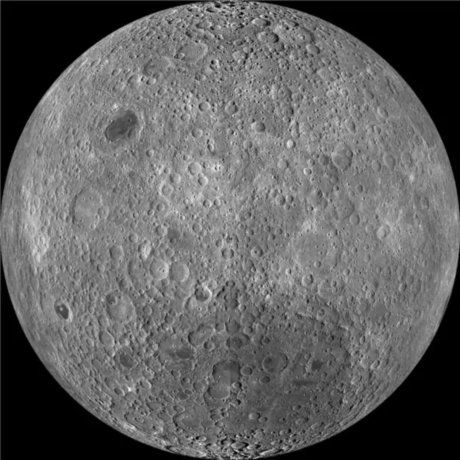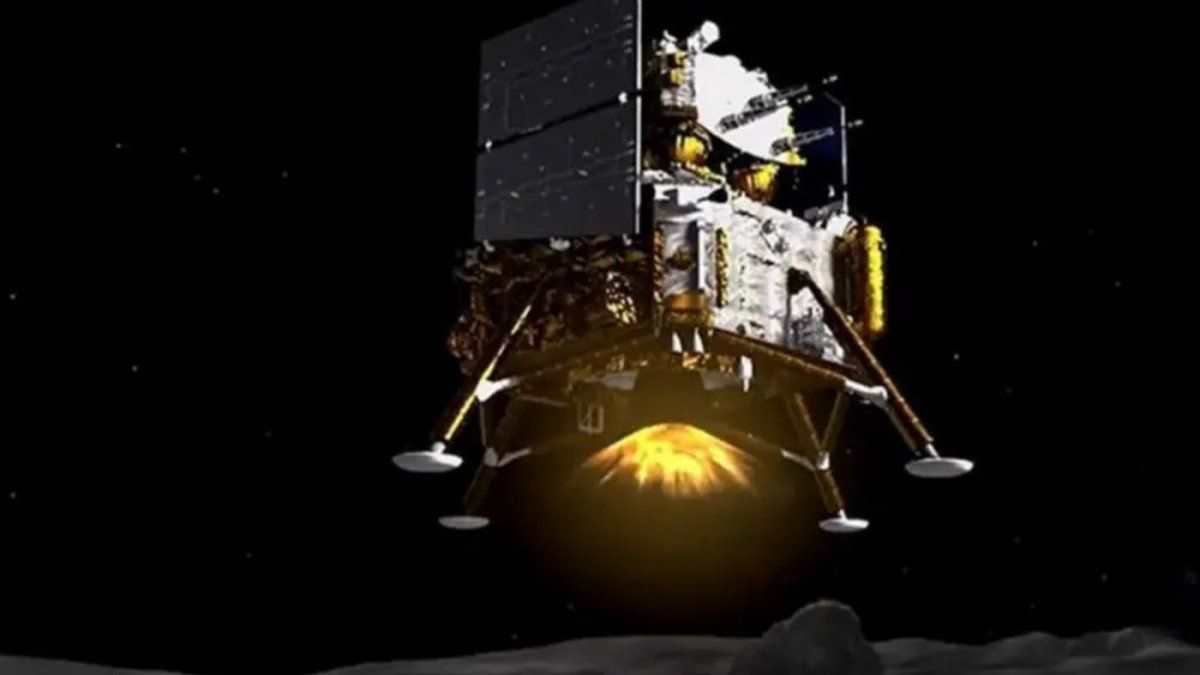In recent days, Chinese scientists confirmed the presence of traces of water in samples of lunar soil brought back to Earth by an automatic probe. The discovery comes at the height of space exploration, in which the Asian giant is collaborating with a ambitious space program.
The samples were taken by the Chang’e-5 rover which completed its mission in 2020. While the presence of water had been confirmed previously, the Chinese project managed to collect these specimens of “much higher latitudes“, close to the poles, which provide new key data for lunar exploration.
The Chinese discovery on the Moon
The Chang’e-5 rover returned from its mission in 2020 with samples of rocks and soil from the Moon. These specimens confirmed the presence of Traces of water on the lunar surfaceas a group of Chinese scientists from Chinese universities indicated in a study published on Monday by the journal Nature Astronomy.
tunnels-moon.jpeg
Recently, NASA discovered a series of underground tunnels on the Moon.
While an infrared detector of the POT already confirmed, in 2020, the existence of water on the Moon and several scientists found traces of this compound in recent analyses of samples taken in the 1960s and 1970s, Chinese discovery makes a difference. It is that the samples collected by Chang’e-5 are “from a much higher latitude“, close to the poles, which provides new key data, such as the form that water takes on the lunar surface.
The samples indicate that “Water molecules can persist in sunny areas of the Moon in the form of hydrated salts“the scientists said. Chang’e-5 was the first space mission in four decades to collect lunar samples.
China has devoted a lot of resources over the past decade to its space program, aiming to catch up with traditional space powers, Russia and the United States. The Asian giant plans to send a manned mission to the Moon in 2030 and building a lunar base.
The dark side of the Moon, China’s other conquest
In recent months, China has achieved another historic milestone in lunar exploration: The return capsule of the Chinese Chang’e-6 probe landed on Earth and brought with it the first samples of the world collected from the “dark side” of the Moon.
Dark Side of the Moon (1).jpg

The far side of the moon is the next area to explore.
POT
The spacecraft had taken off in early May and successfully landed in a crater near the south pole of the Earth’s natural satellite. “The Chang’e-6 return vehicle landed accurately in the predetermined area of Dorbod Banner in Inner Mongolia and is operating normally. This marks the complete success of the Chang’e-6 lunar exploration project and the achievement of the first sample return from the far side of the Moon.“, state broadcaster CCTV reported.
After landing, the probe was sent to Beijing for opening. There, The samples obtained will be collected and the first analyses of lunar rocks in history will be carried out. obtained from the south pole of the Moon.
During its stay on the lunar soil, the probe used a drill and a robotic arm to collect the samples – 2kg of moon rock exactly -, as well as taking some photographs of the surface and planting a Chinese flag on it. While China has previously collaborated with international scientists to study samples it obtained from the near side of the Moon, It remains unclear whether the Asian giant will grant similar access to the new material obtained this time..
The importance of these samples lies in the fact that researchers hope they can help solve Some doubts about the early history of our solar systemFor example, they could provide answers about the origin of the Aitken Basinlocated at the south pole of the Earth’s natural satellite, which was formed 4.26 billion years ago, long after most lunar craters.
Source: Ambito




